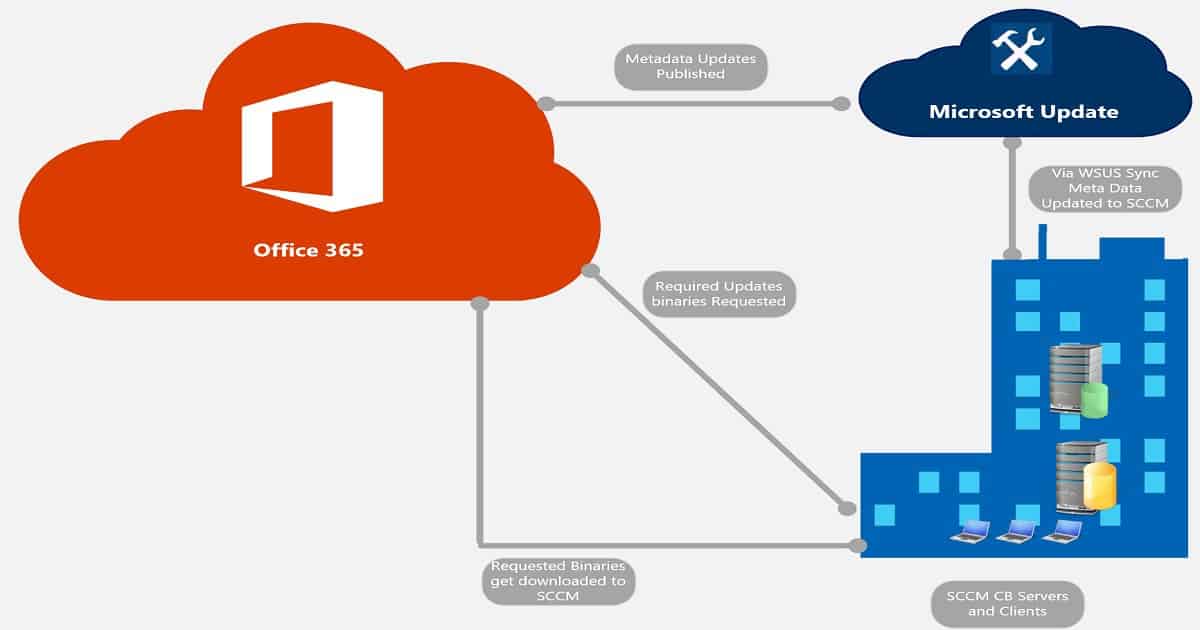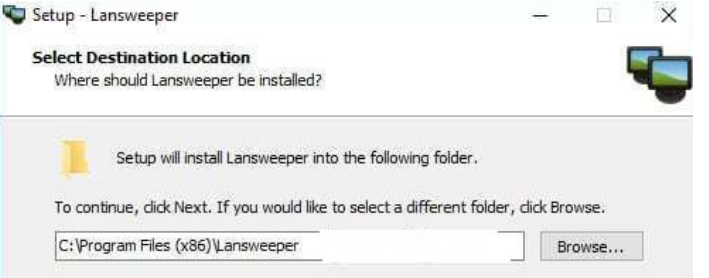

Next we’ll want to download the EXE installer for Lansweeper. You should now see the AppDeploymentToolkit folder with files & the empty Files folder at “C:\Downloads\Lansweeper”
Copy-Item -Path "C:\Downloads\PADT\Toolkit\Files" -Destination "C:\Downloads\Lansweeper\Files". Copy-Item -Path "C:\Downloads\PADT\Toolkit\AppDeployToolkit" -Destination "C:\Downloads\Lansweeper\AppDeployToolkit" -Recurse. Enter the following commands to copy the AppDeployToolkit & Files folders to “C:\Downloads\Lansweeper”:. Expand-Archive -Path C:\Downloads\PSAppDeployToolkit_v3.8.4.zip -DestinationPath C:\Downloads\PADT. Enter the following command to extract the contents of the zip file:. Unblock-File -Path C:\Downloads\PSAppDeployToolkit_v3.8.4.zip. Enter the following command to remove the Zone.Identifier:. Open Windows PowerShell by Right-Clicking on Windows PowerShell and selecting Run as Administrator. Download the zip file to a folder created at (C:\Downloads). Download the Powershell App Deployment Toolkit 3.8.4:. How to Install Lansweeper Using the PowerShell App Deployment Toolkit This tool is an absolute must for Microsoft Endpoint Manager Configuration Manager (MEMCM) / (SCCM) Administrators or anyone who is responsible for packaging and deploying software. The PowerShell App Deployment Toolkit can be used to replace your WiseScript, VBScript and Batch wrapper scripts with one versatile, re-usable and extensible tool. #Check to see if Update Assistant is running.This article will serve as an informative guide and give you a clear understanding of how to perform silent or interactive installs and uninstalls of Lansweeper using the Powershell App Deployment Toolkit. Start-Process -FilePath $dest "/quietinstall /skipeula /auto upgrade /noreboot" -WindowStyle Hidden $varLicence = Get-WmiObject SoftwareLicensingProduct | Where-Object While (-not(Test-Path -Path $url -PathType leaf)) 
Write-host "+ Target device OS edition matches that of the Windows 10 installer." -ForegroundColor Cyan Write-host " Professional builds of Windows 7 SP1, 8/8.1 or 10." Write-host " This component installs Windows 10 Professional and can thus only be run on" Write-host "`- Error code 2:" -ForegroundColor Red $varEdition=(cscript /nologo C:\windows\system32\slmgr.vbs /dli | select-string -quiet "Professional") #find edition of windows, fail if not Professional Write-host "+ Target device OS is Windows 7 SP1 or greater." -ForegroundColor Cyan Write-host " This component requires Microsoft Windows 7 SP1 or higher to proceed." Write-host "`- Error code 1:" -ForegroundColor Red $varKernel = (::GetVersionInfo("C:\Windows\system32\kernel32.dll")).FileBuildPart

Note: sorry for the sloppy coding, I'm an amateur PowerShell'er at best.

I also run a script prior to our deployment date to make sure anything easily resolvable is taken care of: I'd definitely include the copylog script and export it to somewhere you can easily find:








 0 kommentar(er)
0 kommentar(er)
